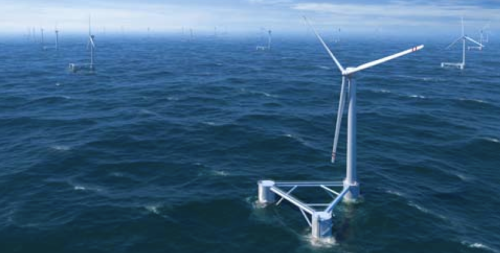photo: Think
Not too many car factories are getting built in the United States these days, especially in the midst of a global economic meltdown. So the prospect of landing Norwegian electric carmaker Think’s North American plant will have Oregon Governor Ted Kulongoski and Senator Ron Wyden turning out Tuesday to take a test drive of the Think City in Portland with company CEO Richard Canny.
Oregon is one of eight states Think is considering for the assembly plant. The company has been coy about identifying those states and has only said that Michigan and Oregon are in the running. About Tuesday’s media event, Think said in a statement that “the future of electric car manufacturing in Oregon will be the topic of a news conference.”
When it comes to electric car factories, there’s a certain Lucy yanking the football away from Charlie Brown risk for prospective hosts. Silicon Valley electric car company Tesla Motors, for instance, so far has signed and then canceled agreements to build a factory for its new Model S sports sedan in New Mexico and San Jose. Los Angeles, the latest factory site, hopes the third time’s a charm.
Nothing nefarious at work here, just the tenuous economics of startup electric car companies. Think, for example, is on the hunt for additional capital so it can restart its assembly plant in Norway. It idled the factory and laid off workers late last year when the credit crunch dried up funding. The company has some heavyweight backers, including General Electric (GE), and marquee venture capital firms Kleiner Perkins Caufield & Byers and Rockport Capital have invested in its North American operation.
Think says it will apply for a low-interest loan from the U.S. Department of Energy under its Advanced Technology Vehicle Manufacturing program to help pay for its U.S. factory. Undoubtedly part of the bake-off with the eight states under consideration is to see which can offer the best tax breaks and incentives.
After the first-year startup phase, the U.S. factory will initially employ 300 workers and is projected to produce 16,000 cars annually, according to Think. Capacity would eventually be expanded to 60,000 cars and a workforce of 900. A research and development center will employ about 70 people.
Green Wombat is betting that Think will try to locate the assembly plant on the West Coast. So far Think has targeted densely populated, environmentally friendly cities — London, Amsterdam — to roll out the Think City, a two-seater urban runabout that goes about 112 miles on a charge. Former CEO Jan-Olaf Willums told Green Wombat last year that the San Francisco Bay Area was a likely gateway market in the U.S. In November, the mayors of San Francisco, San Jose and Oakland inked a deal with Better Place to build a $1 billion electric car charging network in the Bay Area.



